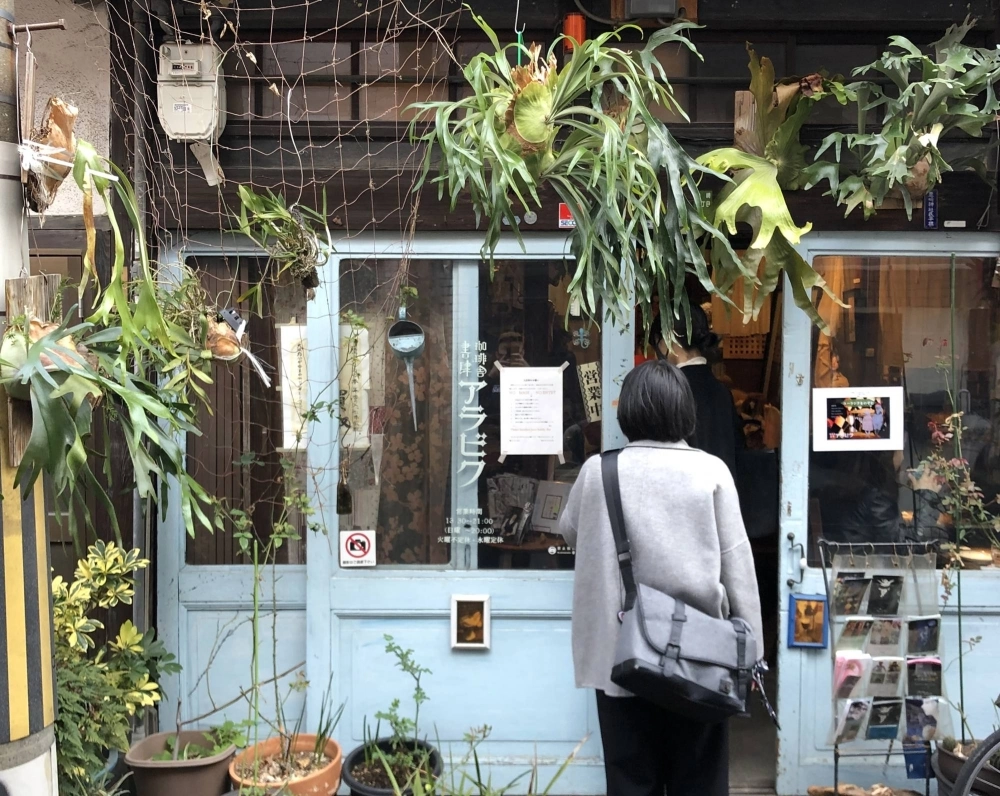Although located next to Osaka’s glitzy entertainment district of Umeda, the streets of Nakazakicho initially seem to offer a portal to a different era and pace. The relentless surge of Japanese hypermodernity recedes, revealing a tableau of Taisho (1912-26) and early Showa Era (1926-89) architecture amid narrow alleyways — a quiet defiance of the surrounding rush.
This isn’t to say that Nakazakicho — arguably Osaka’s most buzzed-about artsy neighborhood — isn’t dynamic; very much the opposite. But the area stands in stark contrast to a place like Shimokitazawa in Tokyo, where a decades-old arts, music and theater scene is increasingly suffocated by the commercial pressures that often come with widespread popularity.
Nakazakicho, by contrast, is popular yet retains an authentic artistic heartbeat that thrums through its labyrinthine streets. For now, at least, the veneer of authenticity is both realized and preserved.


















With your current subscription plan you can comment on stories. However, before writing your first comment, please create a display name in the Profile section of your subscriber account page.